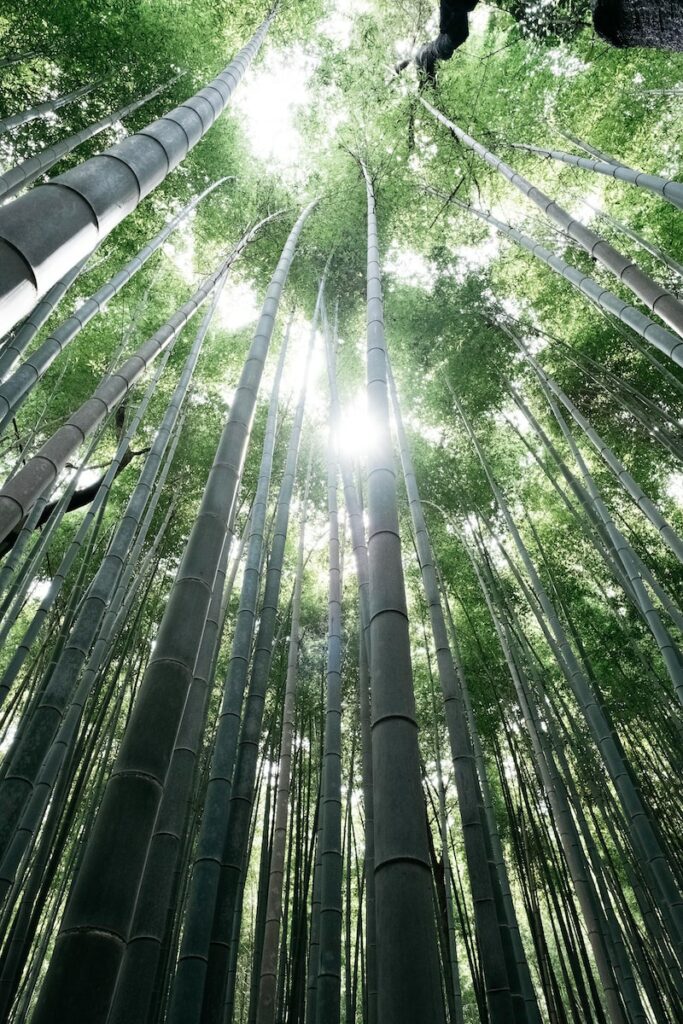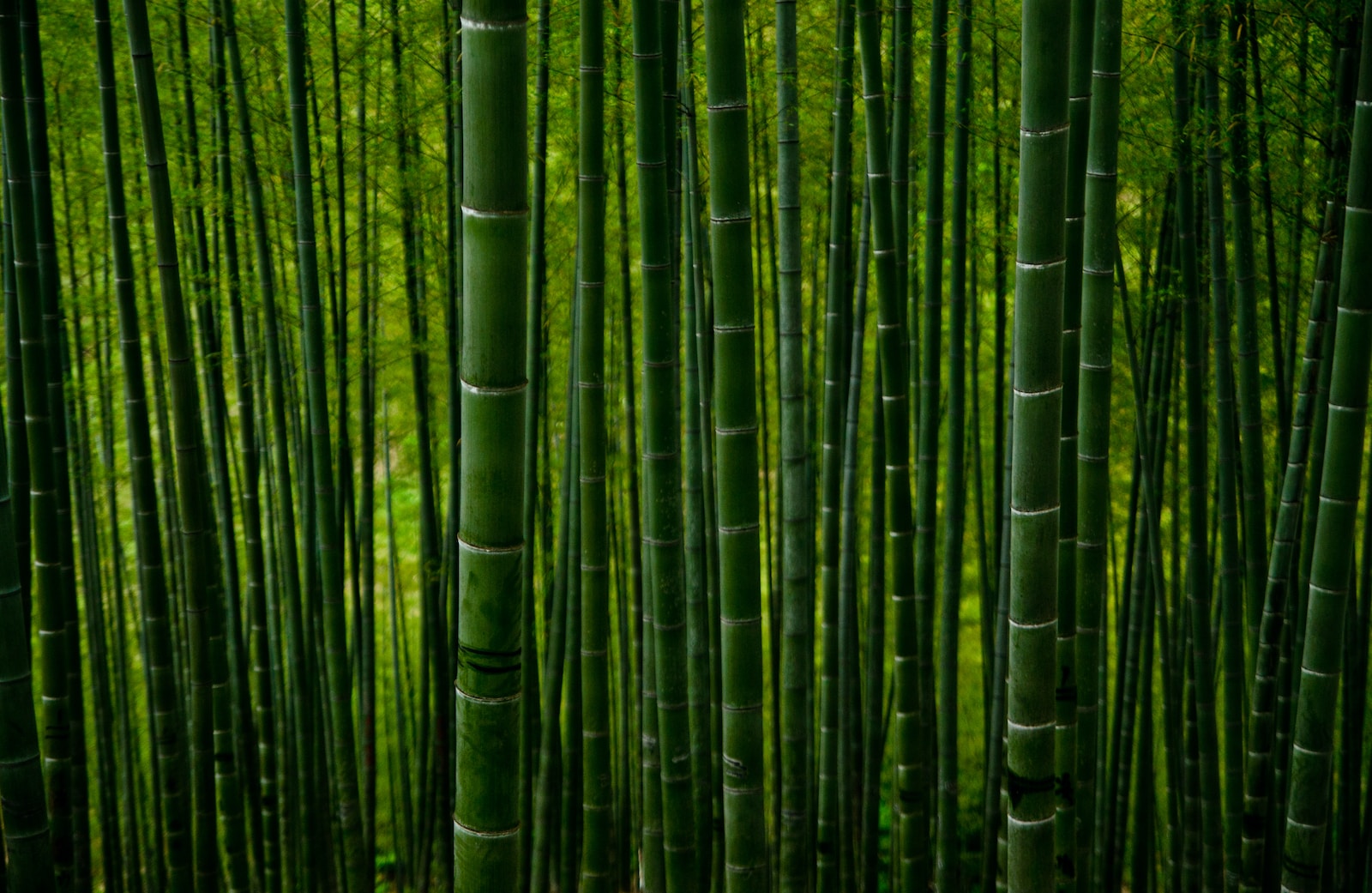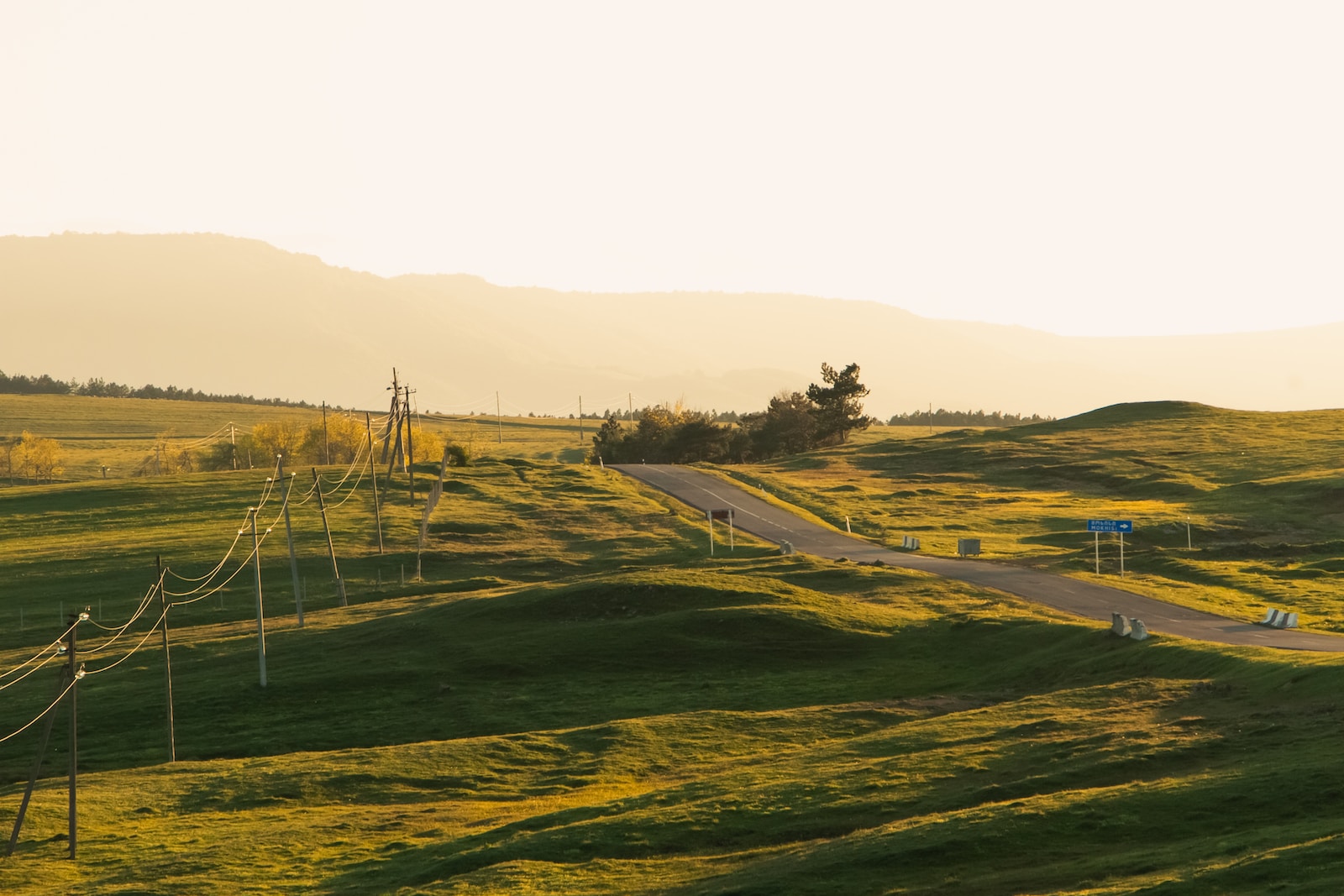Welcome to “Into the Bamboo Forests – A Photographic Journey,” where we delve into the captivating world of bamboo forest photography. Join us as we uncover the secrets to capturing breathtaking shots of nature’s serene and enchanting spaces. From the intricate lines and patterns of bamboo to the interplay of light and shadow, this blog will provide valuable insights and tips to help you create stunning compositions in these mystical landscapes.
Table of Contents
- Mastering the Art of Bamboo Forest Photography
- Understanding Light and Shadow
- Playing with Compositions
- Embracing the Minimalist Aesthetic
- Techniques for Capturing Details
- Challenges and Solutions
- Preserving and Respecting Nature
- Equipment Recommendations
- Post-Processing Tips
- Insights from Bamboo Forest Photography Masters
- Planning Your Bamboo Forest Photography Trip
- Sharing Your Bamboo Forest Adventures
- Tips and Techniques for Capturing Stunning Bamboo Forest Photography
- Frequently Asked Questions
- 1. How can I capture stunning bamboo forest photography?
- 2. What equipment do I need for nature photography in bamboo forests?
- 3. How can I make my bamboo forest photos stand out from the rest?
- 4. Are there any specific camera settings I should use for bamboo forest photography?
- 5. What are some safety precautions to keep in mind when photographing bamboo forests?
- Wrap Up
Mastering the Art of Bamboo Forest Photography
Before we dive into the technical aspects of photography, let’s take a moment to appreciate the sheer beauty and tranquility of bamboo forests. These lush green spaces have a unique charm, with their towering bamboo stalks creating a natural symphony of lines and textures. As a photographer, capturing this beauty requires a keen eye and an understanding of how to leverage the elements around you.
Understanding Light and Shadow
Light is one of the most crucial factors in any form of photography, and bamboo forests are no exception. Learning to harness natural light can add depth, drama, and a sense of mystery to your images. Explore the forest during different times of the day to observe how the sun interacts with the foliage, casting intriguing patterns and enhancing the overall atmosphere.
Playing with Compositions
The art of composition is what transforms a good photograph into an exceptional one. In bamboo forests, the tall vertical lines of the bamboo stalks create a fantastic opportunity to experiment with unique compositions. Don’t be afraid to get low or high to find interesting angles and perspectives that highlight the beauty and grandeur of the forest.
Embracing the Minimalist Aesthetic
Bamboo forests naturally exude a sense of simplicity and tranquility, making them ideal subjects for minimalist photography. Strive to create images that emphasize clean lines, negative space, and a sense of serenity. Simplifying your compositions can bring out the essence of the forest, allowing viewers to fully appreciate its majesty.
Techniques for Capturing Details
We often overlook the details when photographing expansive bamboo forests. Zooming in and focusing on the intricate patterns, textures, and unique characteristics of individual bamboo stalks can result in breathtaking close-up shots. Take your time to explore the forest, paying attention to the small wonders that lie within.
Challenges and Solutions
Bamboo forests present their fair share of challenges for photographers, such as limited light penetration and potential cluttered compositions. However, with a few tricks up your sleeve, these challenges can be turned into opportunities. From using a polarizing filter to control reflections to strategic positioning to create a sense of depth, we’ll explore various solutions to overcome these obstacles.
Did you know that bamboo is one of the fastest-growing plants on Earth, with some species capable of growing up to 35 inches in a single day?
Preserving and Respecting Nature
As photographers, it is essential to remember our responsibility in preserving and respecting the environments we capture. When exploring bamboo forests, stay on designated paths to minimize disturbance to the delicate ecosystem. Avoid trampling on roots or damaging the bamboo, and always leave the forest as you found it, ensuring its beauty remains intact for generations to come.
Equipment Recommendations
The right gear can make a significant difference in your bamboo forest photography endeavors. From wide-angle lenses to capture the vastness of the forest to macro lenses for detailed close-ups, we’ll discuss the essential equipment to consider. Additionally, tips on tripods, filters, and other helpful accessories will be shared to enhance your shooting experience.
Post-Processing Tips
Post-processing is the final step in bringing your bamboo forest photos to life. Whether you prefer subtle adjustments or more dramatic edits, we’ll explore techniques to enhance color, contrast, and overall mood while staying true to the natural essence of the forest. Discover the power of post-processing in elevating your images from good to extraordinary.
Insights from Bamboo Forest Photography Masters
Learn from the best in the field as we delve into the experiences and techniques shared by renowned bamboo forest photographers. Their wisdom and expertise will inspire you to push boundaries, experiment, and uncover your unique vision of these captivating forests.
Planning Your Bamboo Forest Photography Trip
Ready to embark on your own bamboo forest photographic journey? In this section, we’ll provide helpful tips for planning and preparing your expedition. From researching the best locations and seasons to understand weather conditions, we’ll ensure you make the most of your time in these mesmerizing natural havens.
Sharing Your Bamboo Forest Adventures
Finally, we’ll explore various ways to showcase and share your bamboo forest photographs with the world. Whether it’s through social media platforms, photo contests, or creating a personal portfolio, we’ll discuss strategies to get your work noticed and appreciated by a wider audience.

Tips and Techniques for Capturing Stunning Bamboo Forest Photography
Are you ready to embark on a breathtaking photographic journey into the mesmerizing world of bamboo forests? In this guide, we will provide you with valuable insights and essential techniques to bring out the best in your bamboo forest photography. Whether you are a beginner or a seasoned pro, these tips will help you capture stunning shots that showcase the interesting lines, light, and compositions that make bamboo forests so intriguing.
1. Plan and Prepare
Before heading out to the bamboo forest, take some time to research and plan your trip. Find out the best time of the year to visit and the ideal lighting conditions for capturing the desired mood. Understanding the unique characteristics of bamboo forests, such as their dense foliage and tall stalks, will help you identify potential compositions and subjects.
2. Seek Out Interesting Lines and Compositions
Bamboo forests offer an abundance of captivating lines and patterns that can enhance your photographs. Look for paths, curves, and clusters of bamboo stalks that create visually appealing compositions. Experiment with different angles and perspectives to highlight these natural formations and add depth to your images.
3. Harness the Power of Light
Light is a crucial element in photography, and bamboo forests offer various lighting conditions throughout the day. The interplay of light and shade through the dense foliage can create dramatic and atmospheric effects. Make use of natural light to add depth, contrast, and texture to your photographs. Consider shooting during golden hour – the soft, warm light during sunrise or sunset – for magical, ethereal shots.
4. Embrace the Mist and Fog
Bamboo forests are often shrouded in mist and fog, which can add a sense of mystery and tranquility to your photographs. Take advantage of these weather conditions to create ethereal and dreamlike images. Be patient and wait for the right moments when the mist gently diffuses the light, creating an enchanting atmosphere.
5. Pay Attention to Detail
While capturing the grandeur of bamboo forests, don’t overlook small details that can make your photographs stand out. Look for intricate patterns in the leaves or the delicate textures on the surface of the bamboo stalks. Get close and focus on these details to create visually striking and intimate images.
6. Experiment with Depth of Field
Play with your camera’s settings to control the depth of field in your photographs. Use a wide aperture (small f-stop number) to create a shallow depth of field and blur the background, drawing the viewer’s attention to the main subject. Alternatively, a narrow aperture (higher f-stop number) can keep most of the scene in focus, capturing the intricate details of the bamboo forest.
7. Include People for Scale
Bamboo forests can be vast and overwhelming, so including people in your photographs can provide a sense of scale and emphasize the grandeur of the surroundings. Additionally, photographing people interacting with the bamboo forest can add a sense of narrative and create more engaging compositions.
Remember, the key to capturing stunning bamboo forest photography lies in experimentation, patience, and a keen eye for composition. By following these tips and techniques, you’ll be well on your way to creating breathtaking images that transport viewers into the enchanting world of bamboo forests.

Frequently Asked Questions
1. How can I capture stunning bamboo forest photography?
To capture stunning bamboo forest photography, make sure to choose the right time of day for optimal lighting. Experiment with different angles and perspectives to highlight the unique lines and patterns of the bamboo. Pay attention to the composition and balance of the shot, and don’t be afraid to get up close to capture the intricate details.
2. What equipment do I need for nature photography in bamboo forests?
For nature photography in bamboo forests, it’s recommended to have a good quality DSLR or mirrorless camera with a wide-angle lens to capture the vastness of the forest. A tripod can also be handy for stability, especially in low light situations. Additionally, consider using filters to manage contrast and exposure.
3. How can I make my bamboo forest photos stand out from the rest?
To make your bamboo forest photos stand out, look for unique perspectives and compositions that showcase the different forms and shapes within the forest. Experiment with different depths of field to create interesting foreground and background elements. Be patient and wait for favorable lighting conditions to add a magical touch to your shots.
4. Are there any specific camera settings I should use for bamboo forest photography?
While the optimal camera settings may vary depending on the lighting conditions and desired effect, it’s generally recommended to use a lower ISO to minimize noise, a smaller aperture to capture more details, and a faster shutter speed to avoid camera shake. However, feel free to experiment and adjust these settings based on the specific scene and your creative vision.
5. What are some safety precautions to keep in mind when photographing bamboo forests?
When photographing in bamboo forests, it’s important to stay aware of your surroundings and watch out for uneven terrain or slippery surfaces. Avoid disturbing or damaging the bamboo plants and respect the natural environment. If you’re venturing deep into the forest, it’s advisable to bring a map, plenty of water, and inform someone about your plans.
Wrap Up
Exploring the enchanting beauty of bamboo forests through photography is truly a captivating experience. In the midst of these majestic trees, you’ll find a treasure trove of photo opportunities waiting to be captured. Remember to focus on interesting lines, play with light and shadow, and experiment with unique compositions. With these tips in mind, your images are sure to transport viewers into the heart of these extraordinary landscapes.
We hope this blog has inspired you to embark on your own photographic journey into the bamboo forests. Don’t hesitate to share your own experiences and tips in the comments below. We would love to hear from you and see the amazing shots you’ve taken. Happy exploring and happy shooting!

